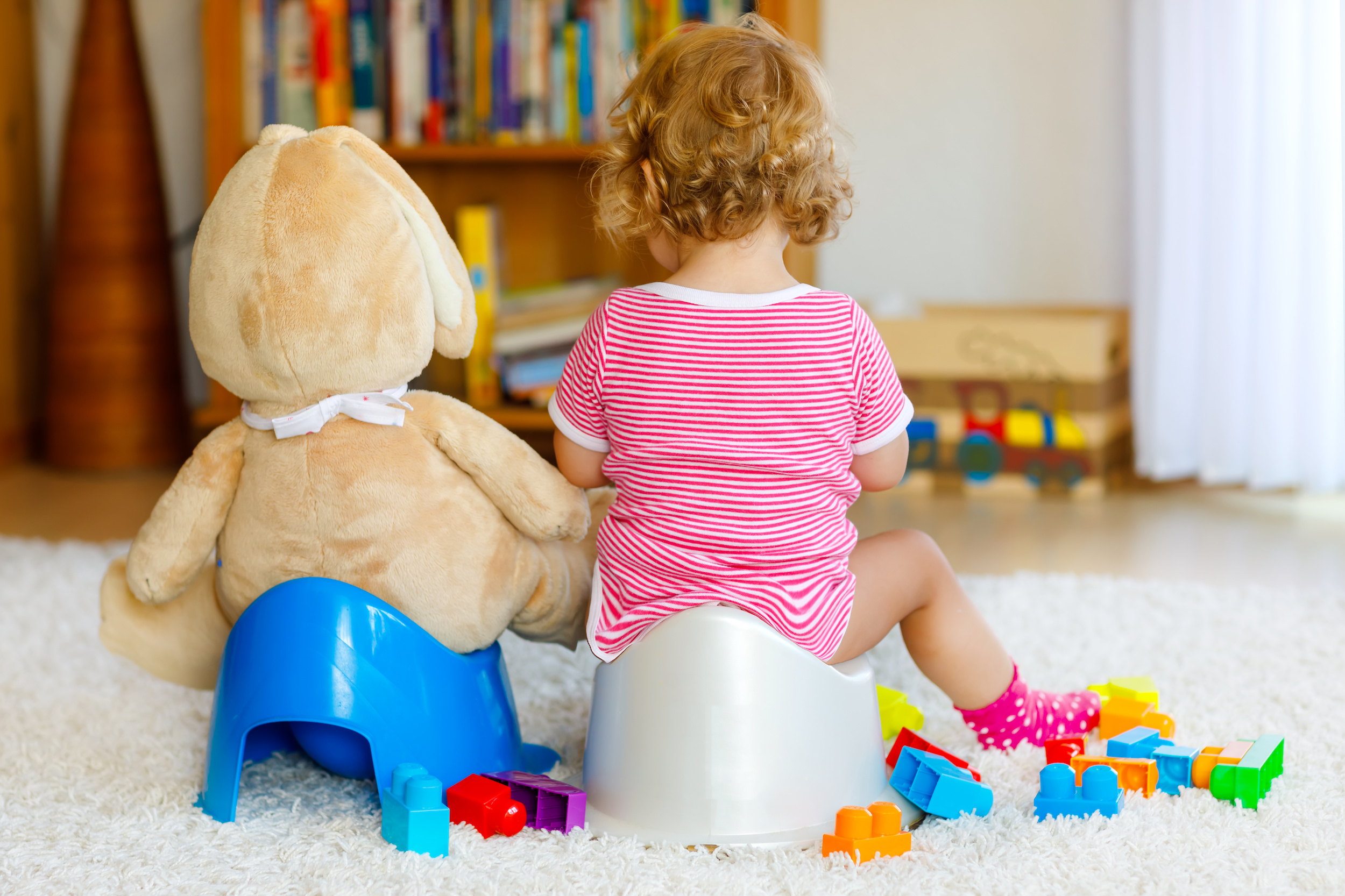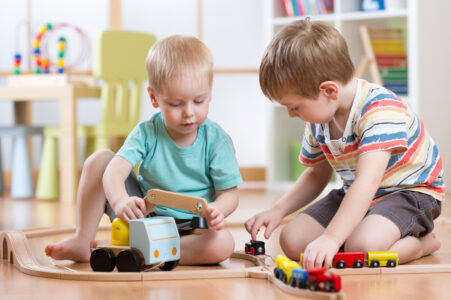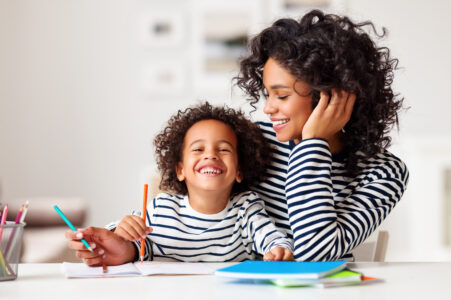
Potty training a child with autism can present unique challenges, therefore, traditional toilet training may not always be effective. Understanding some autism-specific traits contributing to the challenges of toilet training, will allow us to better understand how to support children during this stage of life:
- Communication Challenges – Children with autism may struggle with communication or be nonverbal, which can make potty training challenging because they may not have the tools to signal when they need to go.
- Routine Changes – Breaking a routine can be difficult. Children with autism who are accustomed to using a diaper may find it hard to transition using the toilet or learning the new routine of going to the bathroom.
- Sensory Sensitivities – Autism often involves sensory challenges that vary in expression and severity. Children with autism may overreact or underreact to sensory input, which can lead to anxiety and frustration. For example, a child may find the sound of a toilet flushing frightening and feel overwhelmed.
If there are any underlying medical concerns, our Board-Certified Behavior Analysts (BCBAs) recommend speaking with your doctor to ensure they will not cause any barriers and/or interfere with potty training. Let’s look at some ABA therapy practices that can help and are commonly introduced for children who are potty training:
Task Analysis
Task Analysis involves breaking down a complex task into smaller steps, making it easier for children to learn and master new skills. Here’s an example of what a task analysis might look like for toilet training:
- Go to the bathroom.
- Close the door.
- Undress from the waist down.
- Sit on the toilet.
- Eliminate.
- Wipe.
- Flush.
- Get dressed.
- Turn on the faucet.
- Put soap in your hands.
- Wash soap off hands.
- Dry hands.
Pro Tips
- Have visuals for each step of the potty routine in the bathroom for your child to follow. As you’re moving through the steps and helping as needed, label each step. For example, point to undress picture and label, “let’s pull pants down,” and so on.
- Using visual support can be a great way to introduce the steps of potty training to your child, helping them gain understanding and confidence in this new routine.
- If your child is currently in aba therapy, it’s a good idea to consult their therapy team before implementing a visual schedule to keep their routine consistent.
- Here’s a FREE example of a visual schedule for children learning the steps of going to the bathroom, which can help with prompting and building their understanding: (https://autismlittlelearners.com/free-toileting-sequence/).
Prompting
- Introduce the toilet, then gradually guide your child through each step using prompting techniques. For example, you can start by having your child sit on the toilet fully clothed for a short amount of time, gradually increasing the duration.
- As your child becomes more confident in their understanding of the new skills, you can gradually reduce the prompts.
- It’s also important to note that in the first few days, your child will likely be spending a lot of time sitting on the potty as we wait for them to void. We never want potty training to be something that triggers fears and/or anxiety, so if any distress is observed (crying, attempting to get off) honor the requests. You can always try again!
Positive Reinforcement
Here are some of our favorite ways to provide positive reinforcement to children:
- Offer verbal praise for your child’s efforts and successes with toilet training.
- Offer rewards like stickers, treats, or stamps on a chart.
- Save favorite treat (candy, favorite snack) as reinforcement for every time your kiddo goes in the potty. It’s important to note they will only get this reinforcer when they go potty!
- Time on tablet. Remember they will only get access when they void so tablet is a tool you use throughout your day, we do not recommend using it for potty training.
- HAVE A PARTY! When voiding occurs clap, sing, jump up and down to show your kiddo how amazing they are!
- Try implementing a rewards chart and have a “sticker” chart that they can see. Engage with them by putting sticker on every time they are successful. Reward charts can be more successful when having visuals and/or tangible items present for the kiddos to work for! For example, if your child goes to the potty 4 times for 3 consecutive days, they get a new toy or a trip to the zoo, etc.
- To increase success while sitting on the potty and reducing any potential attempts to get off, we recommend a potty box or something similar that includes toys/activities exclusive to potty training that they can play with to make being in the restroom more fun! Known reinforcers of your kiddo (bubbles, squishy balls) can be effective. We do also recommend new toys and/or toys they haven’t played with in a while. Maybe toys you may have put away in storage, are also very effective as it keeps things exciting.
Important Reminder
Spending too much time sitting on the potty can lead to issues like hemorrhoids, and many kids struggle more with bowel movements than with urination, which can prolong the process. Potty training can also lead to constipation or more serious conditions like encopresis. If you notice any of these issues, it’s important to consult a medical provider to ensure your child’s health and well-being during this time.
We know this process can be difficult but stay patient as your child learns new skills. Try to adapt your teaching style to their specific needs. Don’t forget to celebrate the big and little wins along the way! We are here to support families as they navigate the world of ABA therapy. To learn more about our services, click here.



